Have you ever tasted Chamomile? The taste is quite unique, slightly bitter, but not in a bad way. If you've never had it before and plan on using it as a cooking ingredient, it would be best to get to know how to use chamomile before cooking with it. This article will show you how!

There are two types of chamomile: English and German.English chamomile is a perennial ground covered with daisy-like flowers.
German chamomile is a re-seeding annual that grows upright and can reach up to 2 feet. Otherwise, the two variables are very similar in how they are used.
Growing Tips
Chamomile can easily grow from seed, cuttings, or by dividing established plants.
This fuss-free, tolerant plant enjoys par9al shade over the full sun. It is also like dry soil, which means it is drought-tolerant.
Its natural beauty makes chamomile an excellent addition to any kitchen garden. In addition, it's a natural deterrent to pests, so it's a great companion plant.
Tips for Using Chamomile
Chamomile is famous as an herbal tea used in essential oils or as tinctures.
Chamomile tea is easy to make with both fresh and dried flowers. Harvest chamomile flowers when the plant is dehydrated. The evening is best, or wait until the morning moisture has completely evaporated. If you harvest chamomile there before then, mold may form while they dry.
Dried chamomile adds delicate flavor to teas, infusions, and desserts.
Harvesting Chamomile
To put the chamomile to good use, you'll need to harvest it. Gather stems from your plants, or pluck dry individual flowers off the stem. Hang the stems upside down in a spot with good airflow until thoroughly dried.
Once the flowers have dried out, remove the petals and discard the leaves and stems. Store in a container away from direct sun for later use.
Chamomile Recipes + Resources
Chamomile isn't just for making your tea sweetly soothing, it can also be a wonderful flavor enhancer in the kitchen!
Ever wonder how to convert amounts of fresh herbs to dried in a recipe? Learn how here.
Learn to how to use herbs in cooking and how flavors work together
chamomile-infused vinegar would make for a great drinking vinegar . Infused vinegar is a great way to use and preserve edible flowers and herbs!

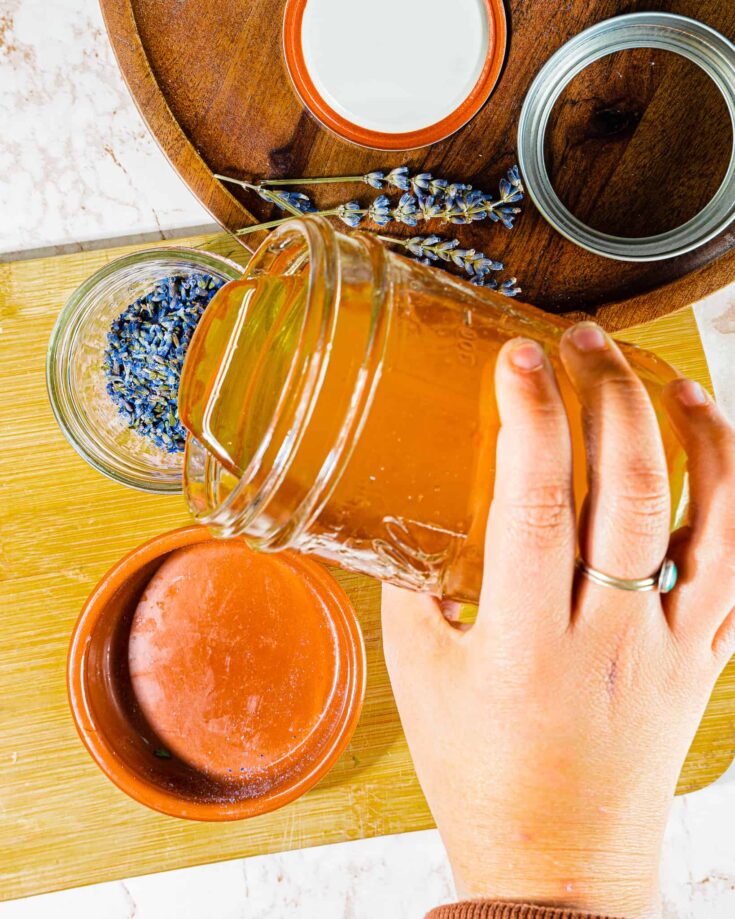
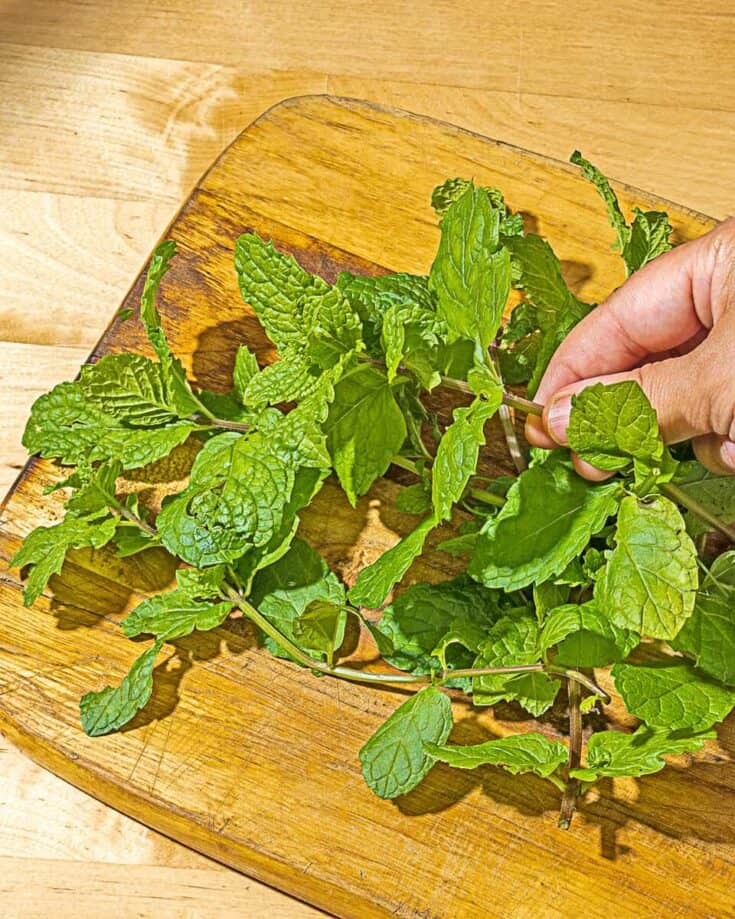


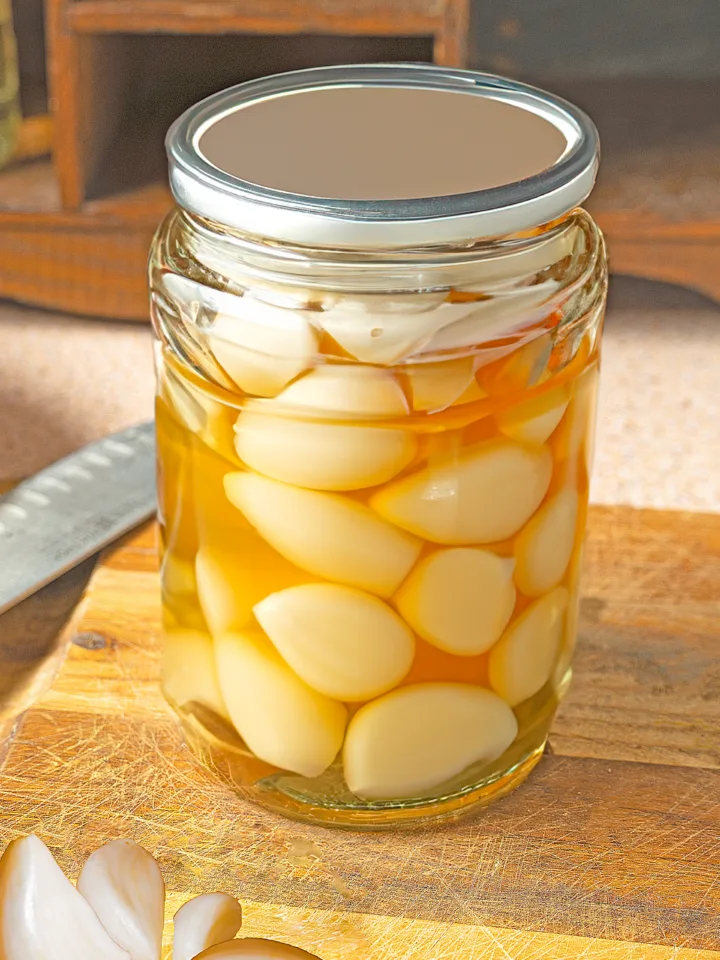

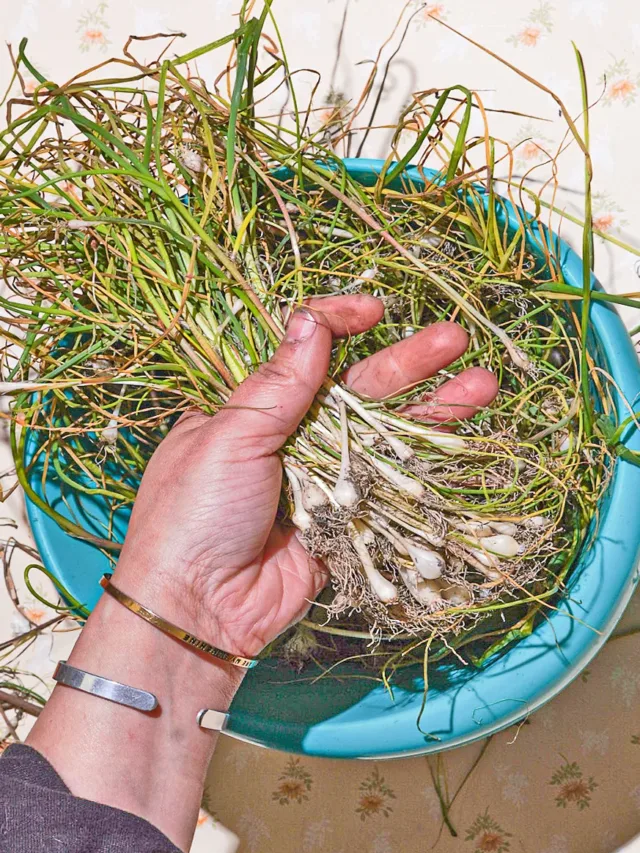
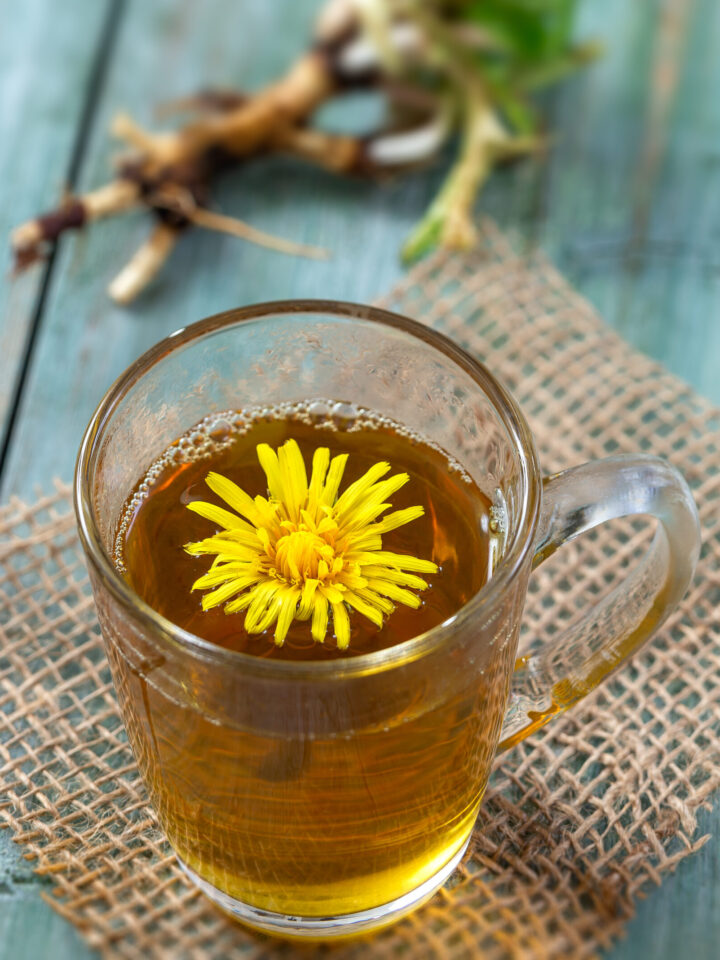

Comments
No Comments